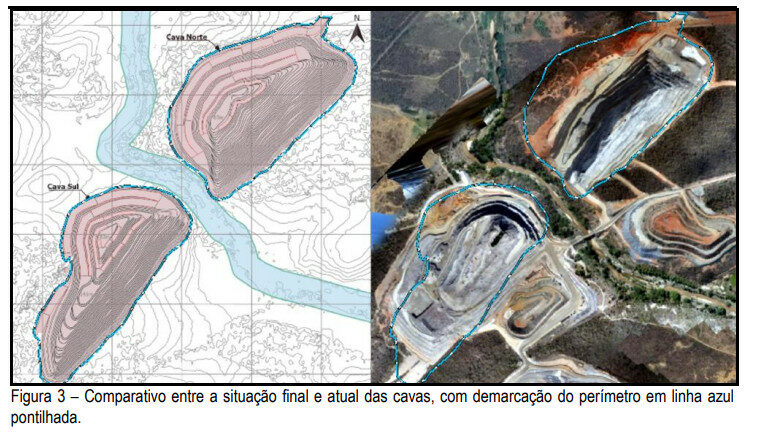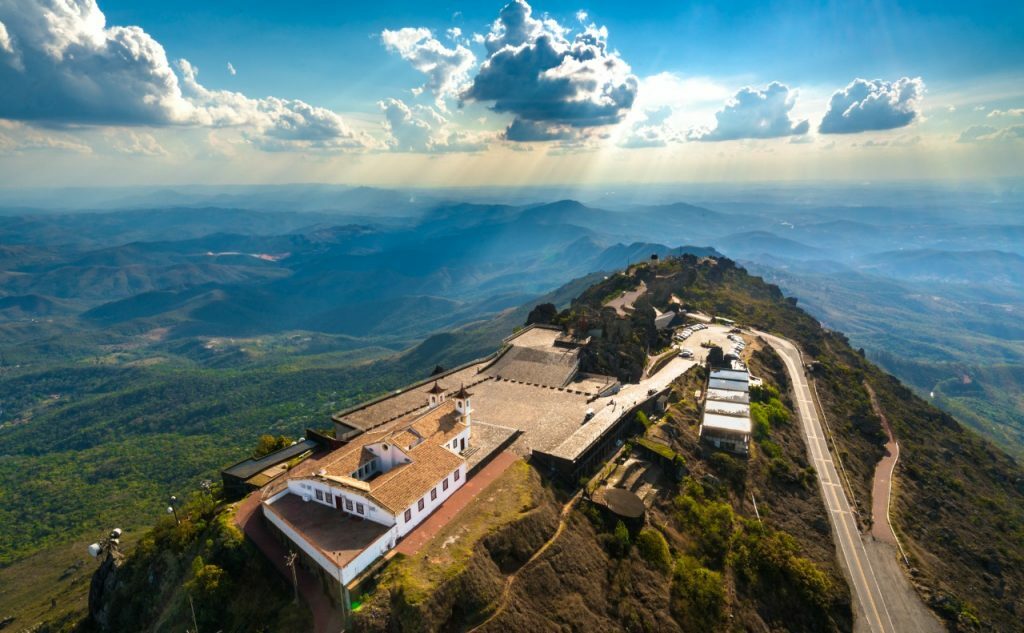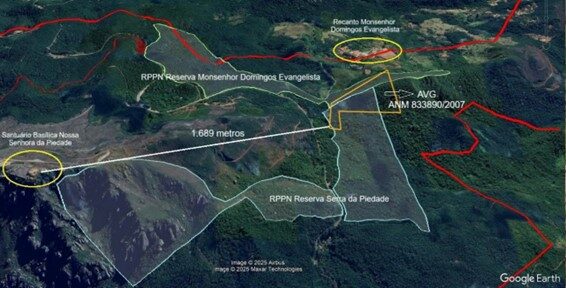A groundbreaking new report on the cumulative climate risks of mining in Brazil warns that Pará —the host state for COP30 in 2025— is the most exposed to climate-related disasters.
The study “Cumulative Climate Risks for Transition Minerals in Brazil” , made by Mining Observatory in partnership with Mission Climate Project, reveals that mining activities, combined with worsening climate conditions, are increasing water insecurity, exposing communities to more extreme weather events, and escalating socio-environmental risks across key mining states, including Minas Gerais, Goiás, and Bahia, in addition to Pará.
The findings underscore the paradox of hosting a global climate conference in a state where industrial extraction accelerates deforestation – directly altering the climatic balance of the region- and threatens the resilience of local communities and ecosystems.
As Brazil positions itself as a leading supplier of transition minerals, the country faces growing pressure to expand mining activities in critical biodiverse areas. This expansion comes at a cost that is placing entire communities and ecosystems at risk. The report underscores the urgent need for climate adaptation measures, regulatory oversight, and stronger protections for Indigenous, Quilombola, and riverine communities.
Featured photo: SEMAS Pará / Press Release

Key Findings
The study, which assesses climate risks in key mining states, highlights how climate change is increasing exposure to extreme weather and environmental degradation in Pará, Minas Gerais, Goiás, and Bahia, emphasizing the urgent need for stronger climate risk management in mining areas. Key findings include:
- Pará, the most climate-vulnerable mining state: The Amazonian state is facing increasing extreme heat, erratic rainfall, and prolonged dry periods, threatening local communities and the Rainforest role as a global climate regulator.
- Cerrado under growing pressure: As Brazil’s “cradle of waters,” the Cerrado biome—home to Goiás and part of Bahia—is seeing reduced river flows due to shifting rainfall patterns, endangering water availability for local populations and the Amazon Basin’s broader water cycle.
- Climate change intensifies socio-environmental risks:: Water scarcity, shifting weather patterns, and ecosystem degradation are exacerbating existing disputes over land and resources, increasing pressures on traditional communities. Weak regulatory enforcement and the absence of Free, Prior, and Informed Consent (FPIC) further increase the risks of displacement and conflict.
- Extreme weather disrupts mining operations: More frequent and severe droughts, floods, and heat extremes are disrupting mining activities, with cascading effects on local populations and regional economies, posing risks to mineral supply security at the national and global levels.

“The report shows that the climate crisis poses a threat not only to the entire society that consumes products derived from mining and the communities directly affected, but to the mining industry itself,” says Maurício Angelo, director of the Mining Observatory and a PhD candidate in Environmental Science at the University of São Paulo (USP).
“The myth of sustainable mining cannot be proven in practice and, without a concrete change in the current mining model, Brazil and the world will see the climate crisis accelerate,” says Angelo, who also has a Master’s in Sustainable Development from the University of Brasília (UnB).
“As the world prepares for COP30 in Belém, we must confront the stark reality: in this race for the so-called critical minerals, industrial mining is accelerating the climate crisis in the Amazon,” said Gabriela Sarmet, Consultant at the Mining Observatory. “We are putting planetary climate security at risk by taking part in this geopolitical dispute over minerals which, in reality, is creating sacrifice zones in Brazil to meet the demand for decarbonisation in the North.”

With investments of US$64 billion expected by 2028 for the expansion of the mineral industry in Brazil, including new strategic mineral projects, the impacts could worsen.
The report calls for urgent action from policymakers, industry leaders, regional, national, and international actors, recommending stricter environmental regulations, stronger climate adaptation strategies, the protection of frontline communities and their land rights, and a transition away from destructive mining practices.
With the Amazon at the center of global climate debates, this report serves as a wake-up call. As COP30 approaches, decision-makers must ask: “Will Brazil’s mining future align with its climate commitments—or undermine them?”

Read the Executive Summary / Abridged Version
Read the Complete Version of the report “Cumulative Climate Risks for Transition Minerals in Brazil”
Fonte
O post “New Mining Observatory Report Reveals Pará as Brazil’s Most Climate-Exposed Mining State Amid COP30 Preparations” foi publicado em 23/04/2025 e pode ser visto originalmente diretamente na fonte Observatório da Mineração




